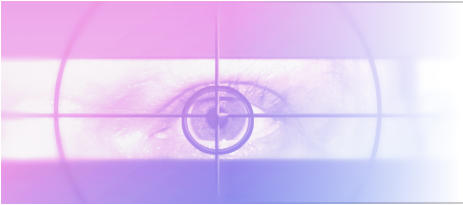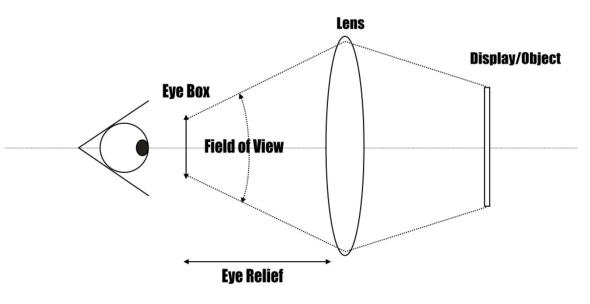







EYEPIECE LENSES
“A foolish faith in authority is the worst enemy of truth.”
― Albert Einstein

Eyepiece
design
in
its
simplest
from
is
a
single
lens
which
is
used
to
magnify
an
object
such
that
the
user
can
view
the
object
at
a
position
close
to
the
eye,
while
using
the
lens
to
create
a
virtual
image
of
the
object
at
(or
close
to
)
infinity.
the
diagram
below
shows
the
basic
parameters of the eyepiece in terms of
Field of View :
Eye Relief :
Eye Box :




Below
is
a
small
selection
of
the
many
Eyepiece
Lens
design
types
which
show
the
varying
amount
of
lens
elements
and
the
overall
form
of
each
lens. A brief description of the lens type is given for each lens.
Should you require any help with lenses for imaging applications, please get in touch with us at
design@optovise.com

















